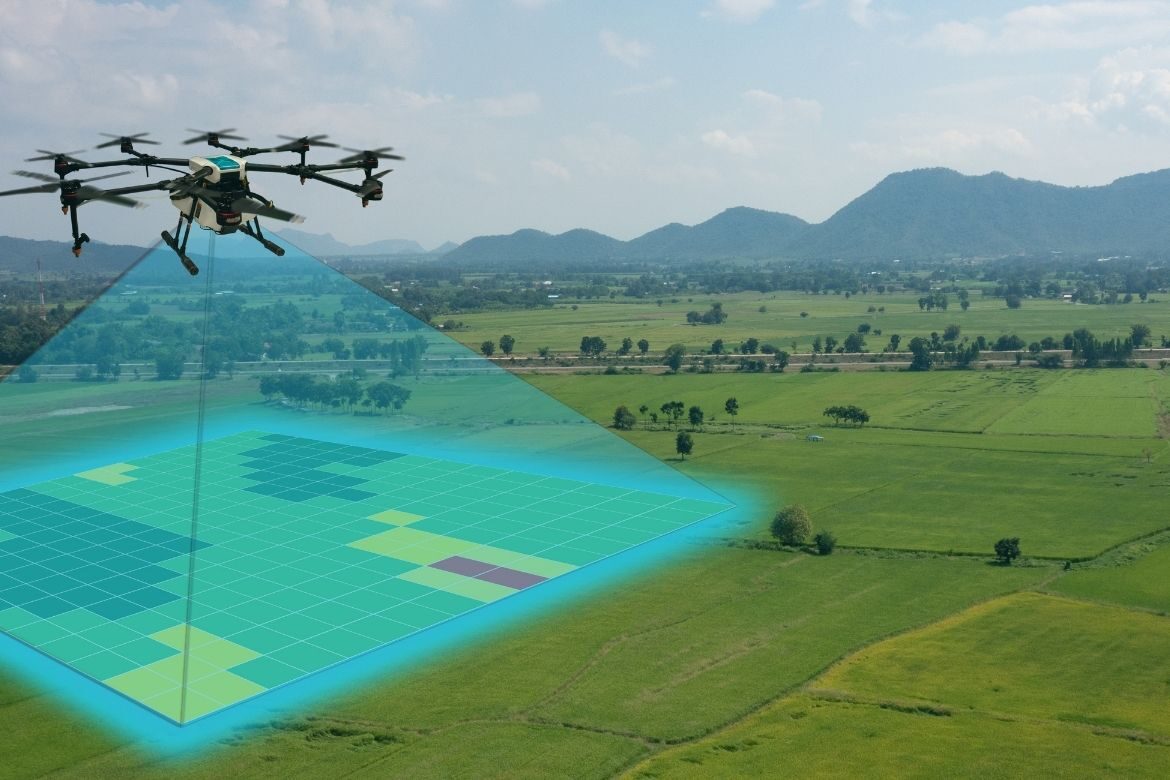New technology now enables farmers to use drones for everything from surveying, to mapping, crop monitoring and disease detection. Autonomous crop pesticide applications could also be a reality, but legislative red tape is currently preventing its use for that specific task.
In a webinar featuring Agri-EPI and Connected Places Catapult, ecosystem director Hannah Tew, said that, “Precision technology can tackle key agricultural challenges – using variable rate and precise application can reduce spray use and improve yields,” but in the UK, the Sustainable Use Directive 14 does not allow aerial spraying, including the use of drones.
Bryn Bircher, policy officer at HSE commented that, “We are heading into the fourth agricultural revolution – things are changing rapidly, however chemicals will still be around for a while. There is the issue of drift; we know there is a lot of drift with a boom sprayer, but we don’t know the effect of drift from drones yet.”
Auto Spray Solutions’ Robert Pearson’ shared that drone technology is constantly advancing, and offers the obvious advantage of massive time-saving. He said that a drone with a 20-litre tank can cover 15 hectares an hour.
The HSE, together with the Civil Aviation Authority (CAA), is investigating what can be done to facilitate safe drone operations.
Bircher said that it is possible to apply for a permit. “We want to support new tech, and I hope we can do so with the existing legislation.”
LSL News.

